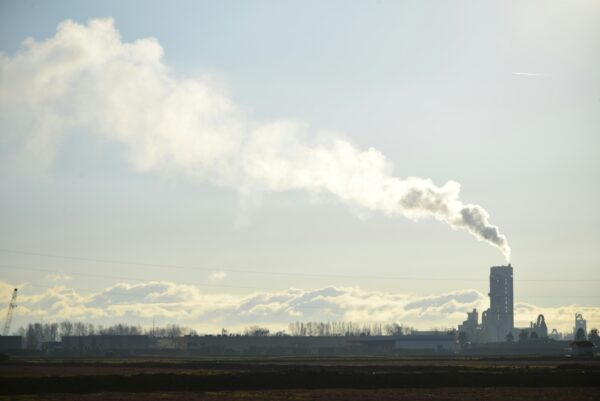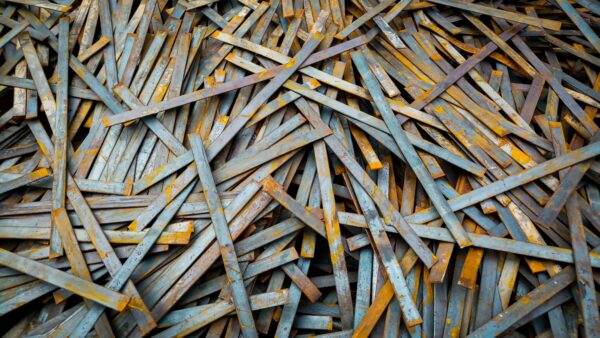Completed
Analysing issues of fairness for carbon dioxide removal

Carbon dioxide removal is the process of taking carbon dioxide from the atmosphere and storing it durably in geological, terrestrial or ocean reservoirs to achieve net negative CO2 emissions. The Intergovernmental Panel on Climate Change has shown that while rapid and deep emissions cuts must be the priority, deploying carbon dioxide removal will be necessary to balance emissions in relatively hard-to-abate sectors if net zero CO2 and net zero greenhouse gas emissions are to be achieved.
However, less than 1% of the amount of technological carbon dioxide removal expected to be needed by 2030 has been deployed so far. Technologies for achieving permanent carbon dioxide removal – such as direct air capture and storage – remain in their infancy. And land-based options come with a series of challenges, including vulnerability to worsening climate impacts (storms, drought, fires), competition with food production and other land uses, and potential negative impacts on communities and nature.
Scaling carbon dioxide removal in line with the emissions reductions consistent with the Paris Agreement will require a systematic investigation of policy pathways to get there, including an assessment of fair distribution of responsibilities to achieve carbon dioxide removal. This is the key focus of the CDR-PoEt project.
Climate Analytics leads the projects’ third work package, focussed on fairness considerations around deployment of carbon dioxide removal technologies in long-term emission reduction pathways, and seeks to publish new peer-reviewed science on two questions:
- What are the factors that can influence the scale of carbon dioxide removal deployment necessary to meet the goals of the Paris Agreement?
- How can the responsibility for carbon dioxide removal deployment be distributed between state and non-state actors?



